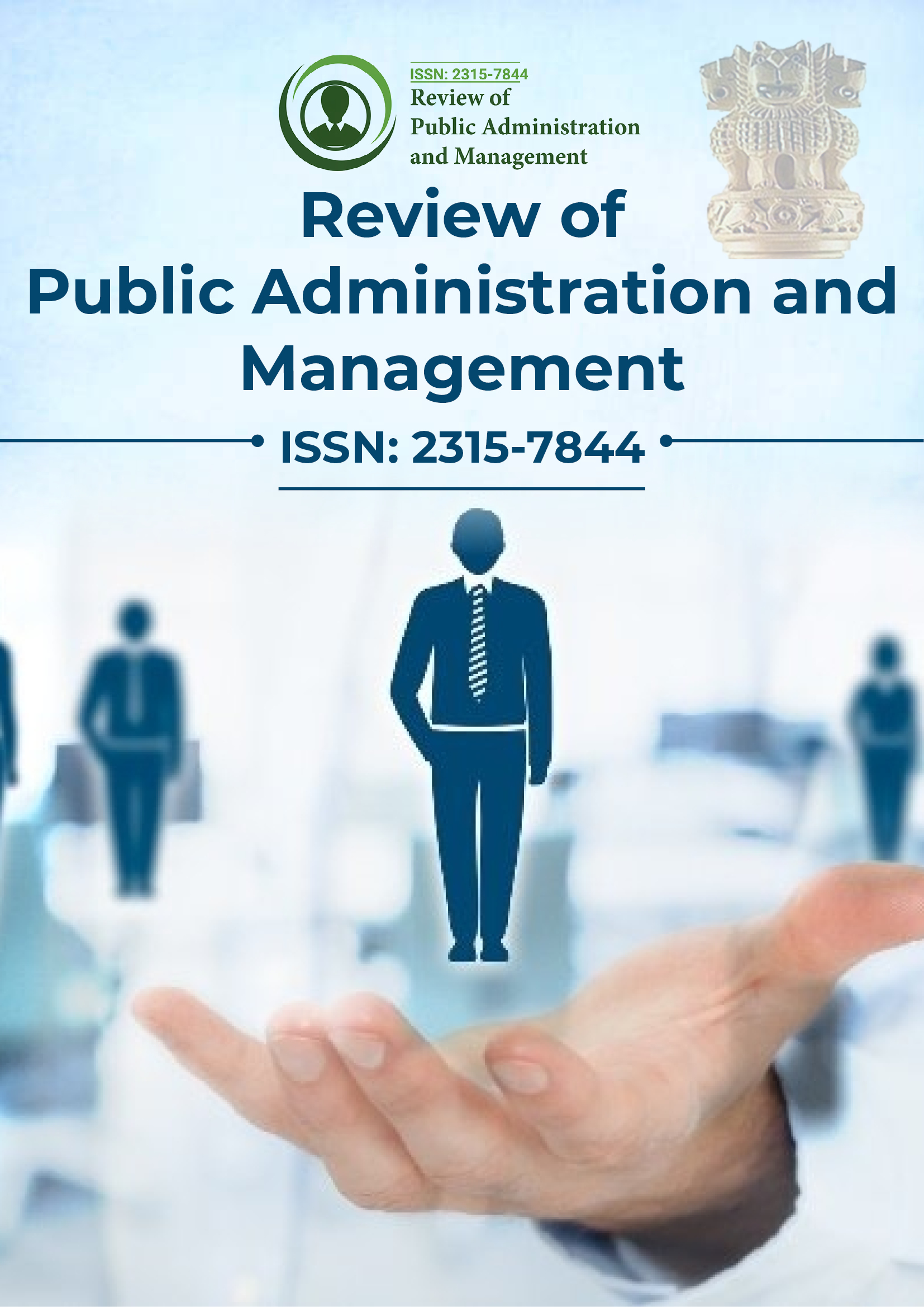Indexed In
- CiteFactor
- RefSeek
- Directory of Research Journal Indexing (DRJI)
- Hamdard University
- EBSCO A-Z
- Scholarsteer
- Publons
- Euro Pub
- Google Scholar
Useful Links
Share This Page
Journal Flyer

Open Access Journals
- Agri and Aquaculture
- Biochemistry
- Bioinformatics & Systems Biology
- Business & Management
- Chemistry
- Clinical Sciences
- Engineering
- Food & Nutrition
- General Science
- Genetics & Molecular Biology
- Immunology & Microbiology
- Medical Sciences
- Neuroscience & Psychology
- Nursing & Health Care
- Pharmaceutical Sciences
Abstract
A Case Analysis: The Broad Creek Renaissance Plan
Mixed-income developments are becoming a common mechanism to transform public housing in urban communities. Housing authorities use this new form of housing to change the demographic profile of deteriorating inner city neighborhoods. The purpose of this study was to examine the conversion of public housing to mixed-income/mixed-use communities through a case analysis of the Broad Creek Renaissance Plan in Norfolk, Virginia. The researcher analyzed Broad Creek’s land-use patterns and socioeconomic factors to determine if the HOPE VI initiative is meeting its goals and objectives. The results of this study revealed that through revitalization the Broad Creek Renaissance neighborhood’s demographic profile was slightly changed from the pre-existing community to include individuals of different economic status, age ranges, and ethnic backgrounds.


